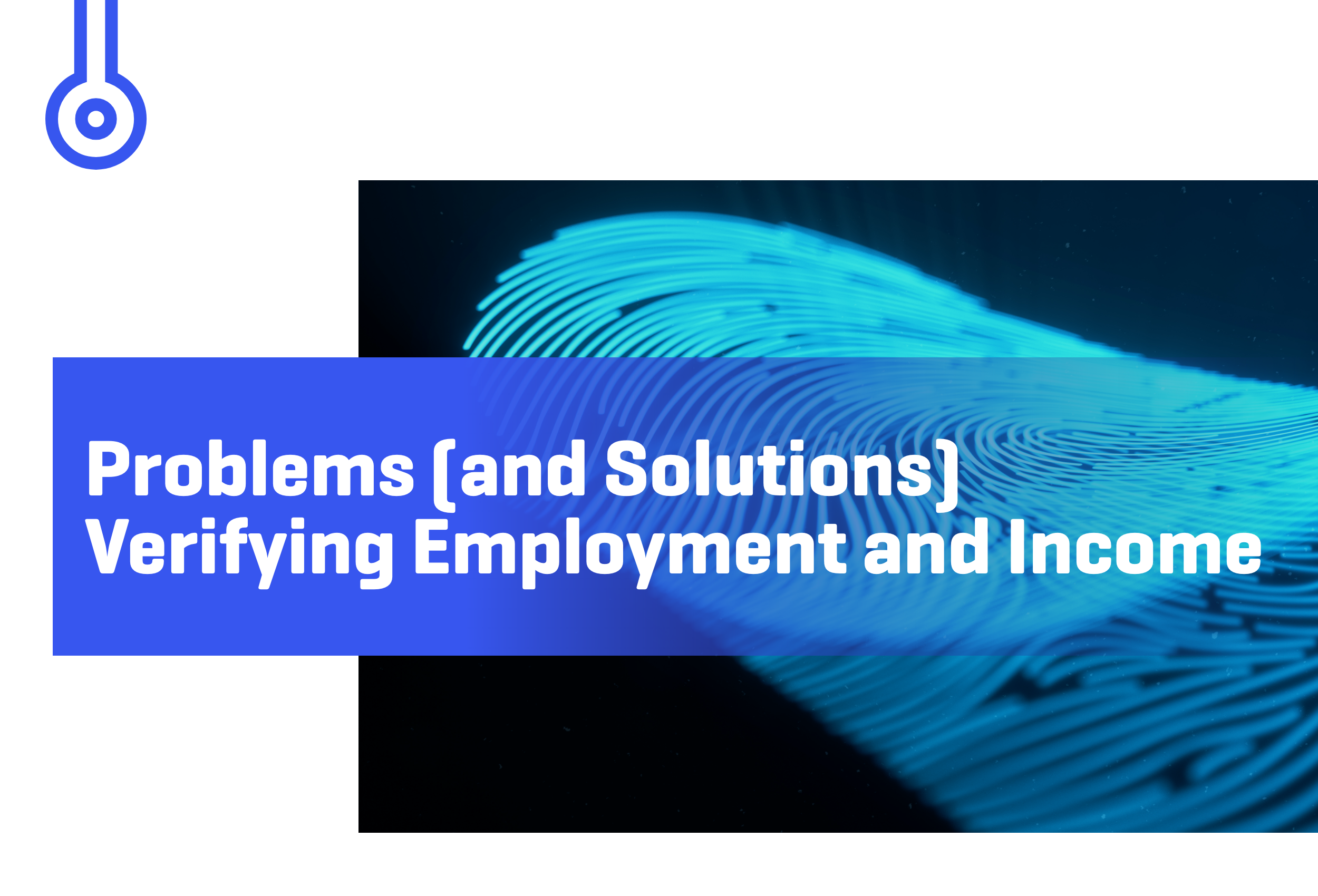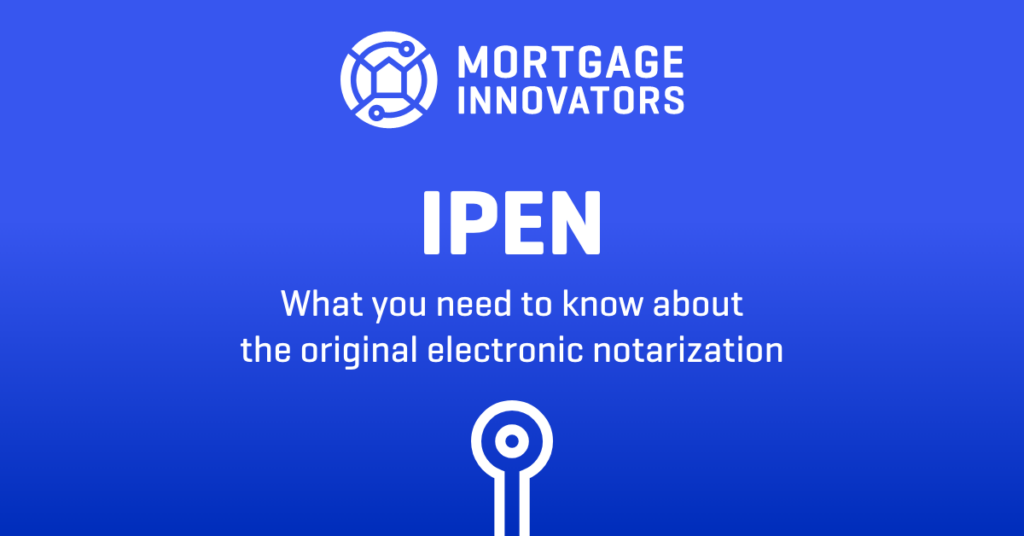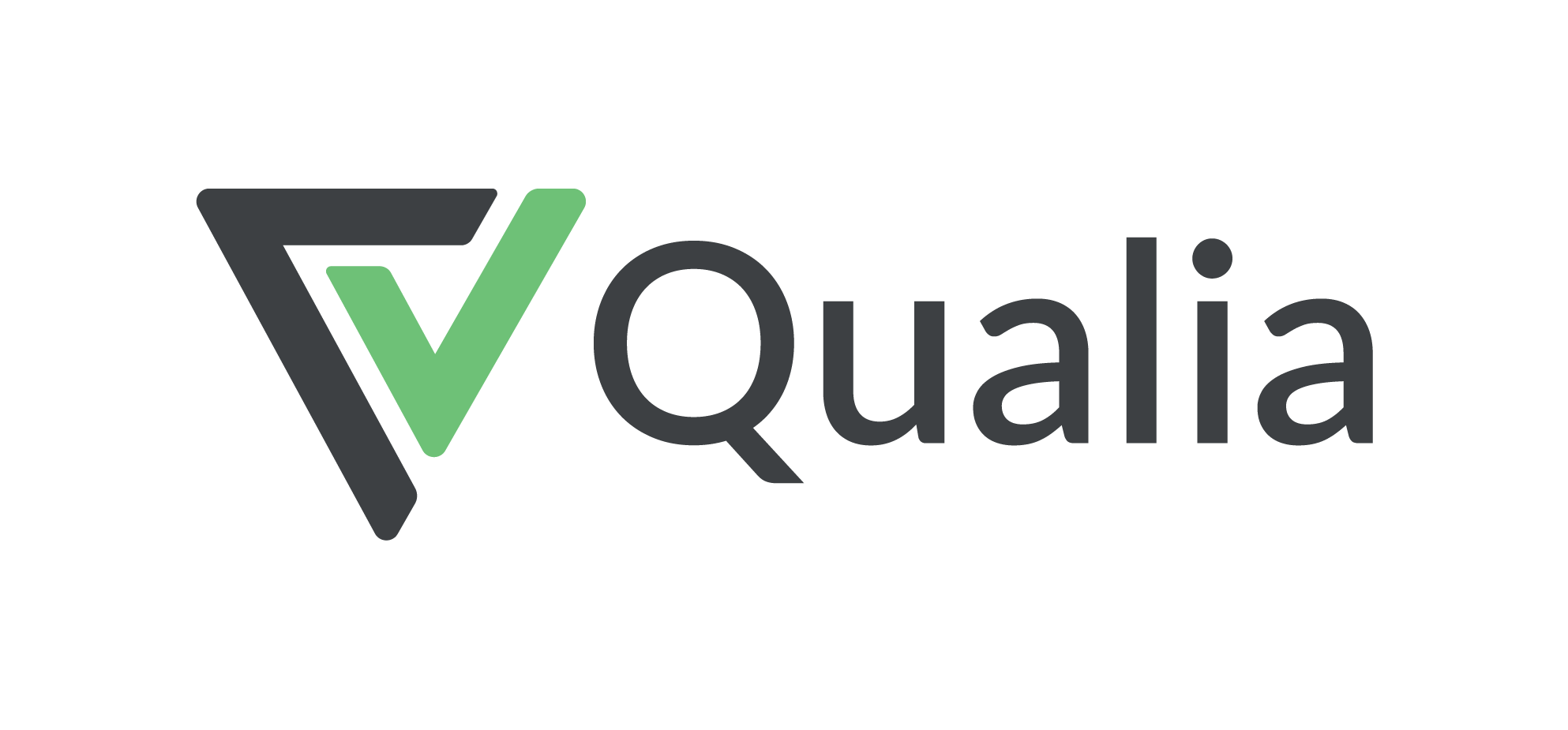Author: Informative Research
As we deploy new clients onto our verifications platform, we frequently hear that speed and cost are the primary motivators. However, another underlying trend is that lenders are re-tooling operations to stick closer to their core competencies of attracting borrowers and underwriting loans. As a result, many ancillary parts of the loan manufacturing process – like verifications – are easily outsourced to experienced and capable experts with laser-sharp focus.
Lenders who once had an in-house verifications team admit it is inefficient or effective, and those resources are better deployed elsewhere. Specifically, clients have said:
• It is hard to retain staff and knowledge on small in-house teams
• Non-core in-house teams rarely get investment in tools and technology
• Loan applications can be stalled (or abandoned) when verifications take too long, having a significant impact on the lending process
When you consider the vastness of verifications, you must have the infrastructure to maximize employer information capture and efficiency with each transaction. The U.S. has 205 million people of working age, and there are over 11 million employers. Small businesses drive our economy, with 97% of companies having fewer than 50 employees.
As a service provider dedicated to the space, we rely upon decades of investment in the requisite data, technology, and workflow execution to deliver industry-leading speed, quality, and cost results.
Beyond the sheer scope of executing against this lopsided dissection of employers, other key lender challenges exist, including:
Fraud and Misrepresentation
Fraudsters are savvy and can become extra-active in high volume times; hoping lenders will place speed over diligence
- Fake employers and fraudulent pay stubs are relatively common
- Half of all 2020 mortgage fraud findings cited incorrect income and/or assets (per Fannie Mae’s recent Mortgage Fraud Loan Trends report)
Inaccuracy
Lenders often struggle to obtain accurate and up-to-date data
Although we could continue to cite more enough on problems and challenges, let’s focus on solutions instead.
In the past, the employment and income verifications process placed a heavy burden on the consumer. Fortunately, the verifications space has matured within the past decade by investing in technology. Additionally, verifications vendors continue to add clients that provide employment and income data – improving the all-important direct data source.
Benefits of considering a verifications vendor:
- Technology, tools, and know-how
- Access to direct source employment and income data
- The potential for instant verification, which provides for the least opportunity for fraud
- Manual verification process expertise, verified HR contact numbers (verifiers), and efficiency
- This is where most verification fraud occurs
- Being centralized, across many lenders, vendors are likely to identify fraud trends and detect them across an entire customer set
- Fair Credit Reporting Act (FCRA) compliance
- Secondary market investors, GSEs included, are familiar and generally very comfortable with verification vendor processes, accuracy, and completeness
- Reputable vendors will maintain a clear audit trail of all steps taken from verification requests to fulfillment. This is highly useful for subsequent internal audits or reviews from regulators, investors, or others.
A perspective – we compare the lender’s decision to outsource (or not) to performing your own vehicle maintenance. Sure, you ‘could’ change your own oil, replace brake pads and rotate your own tires. It may be within your abilities, though you’d have to invest in some tools. However, these tasks will keep you from focusing your time and money on your core competencies.









